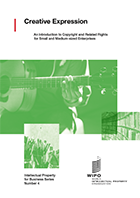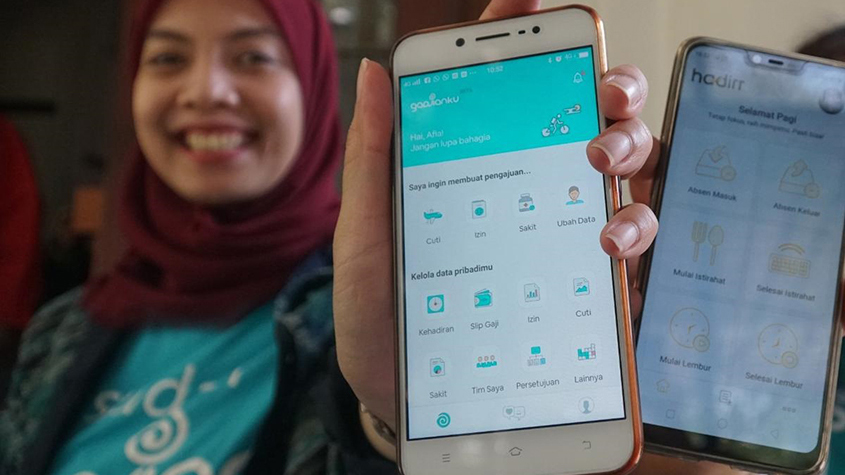What you need to know about copyright protection
The rules for copyright protection – the protection length, what can and cannot be protected, and other criteria – differ from country to country. Usually, copyright protection is automatic and starts as soon as the idea is expressed, e.g. in writing, audio or digital form. The length of copyright protection can vary, but usually lasts for the author’s lifespan plus at least 50 years.
Some countries offer voluntary registration systems that can provide benefits. These include proving ownership, facilitating transactions, and starting the clock for damages. In some countries, you may not be able to enforce your rights until you register.
Copyright protects the concrete expression of an idea, but not the idea itself. Copyright protection does not extend to procedures, methods of operation or mathematical concepts as such.
A wide range of creative outputs can be protected with copyright, including:
- artworks such as paintings, drawings, photographs, and sculpture;
- books, novels, poems, and news articles;
- brochures, catalogues, marketing literature, and packaging;
- musical compositions, films, and video clips;
- video games, computer programs, and databases;
- graphic user interface, website content, and images;
- advertisements, maps, and technical drawings.
In many cases, there are no direct costs associated with copyright protection. In some countries, you can pay for voluntary registration of your creations. There may be costs associated with protecting your copyright, like implementing technical controls in digital content.
As the copyright owner, you will need to monitor if others are using your copyrighted works or content. If you think your copyright is being used without your permission, here are some steps you can take:
- seek professional legal advice – an IP lawyer would help you to make sure whether the work is protected by copyright and whether the is no any legal justification under a copyright exception;
- if you found the use on an online platform, consider using their dispute procedure. Many platforms have a “notify and takedown” procedure, which will take down infringing content after some investigation. If there is no established takedown process, contact the service provider directly;
- send a letter asking them to stop using your copyrighted content (known as a “cease and desist letter”). If you send a letter, make sure to follow up. If you don’t, you may lose your ability to stop them from using your creative work;
- try to settle your disputes via alternative dispute resolution mechanisms, for example, WIPO’s alternative dispute resolution services;
- initiate relevant proceedings before enforcement and judicial authorities.
Learn more about how to protect your copyright.



